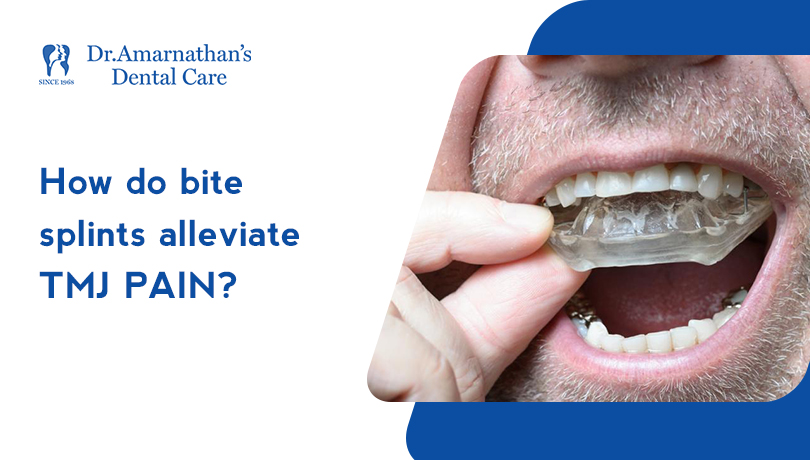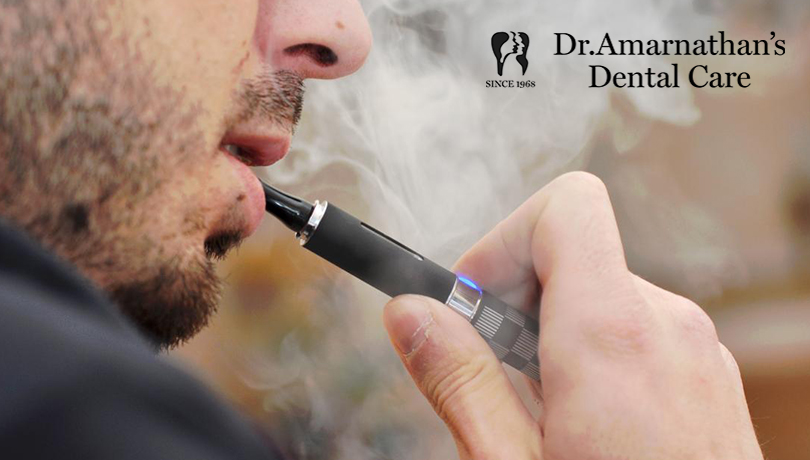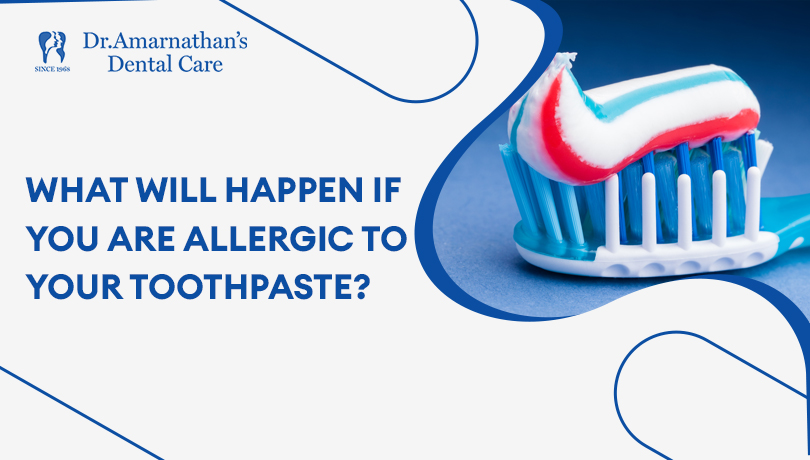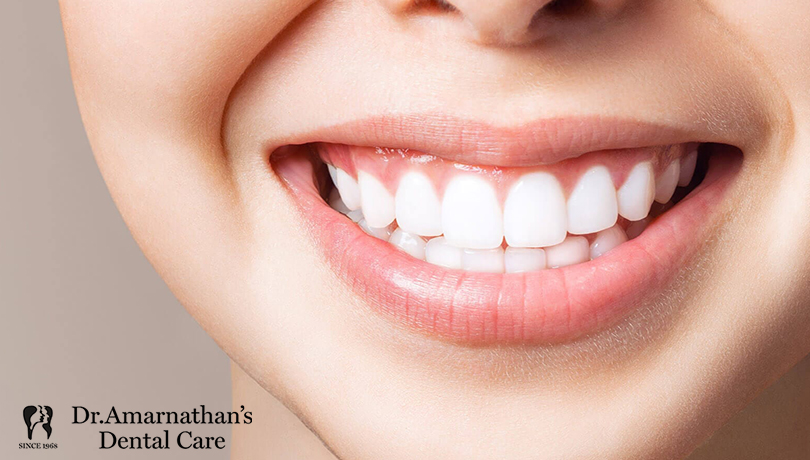
How do bite splints alleviate TMJ pain?
A bite splint, also known as occlusal splint or mouth splint is a simple device made up of acrylic to envelope the teeth on one arch. It is considered as the best approach to treat TMJ pain because wearing this appliance will keep the jaw in a comfortable position. It allows the muscles and ligaments around the jaw bone to relax. As a consequence, pain in the jaw joint is significantly reduced.
Hence this splint therapy is widely recommended to treat jaw bone problems apart from surgical corrections, OTC medications, and tmj exercises.
How does a bite splint work?
Generally, TMJ pain begins with abnormal bites (underbite, overbite), teeth clenching, and other activities that put extensive tension on your teeth. Such behaviors, if continued for an extended period, will cause an imbalance in the jaw joints, preventing victims from closing their mouths properly.
It forces the temporomandibular joint (TMJ) that links the skull to the jaw to move out of the socket to properly close the mouth. Hence pain in the joint is inevitable. Right?
The bite splints are designed to prevent such unwanted or harmful movements. They tend to relieve pain in TMJ by improving the body’s airway and offering greater vertical support. As discussed earlier, once the device is placed, it will keep the jaw in a favorable position hence that the mouth’s muscles and joints will be stabilized.
Hence, the abnormal jaw positioning is corrected, and TMJ pain is alleviated.
How do mouth splints differ from mouth guards?
Similar to mouth guards, bite splints are also prescribed to treat bruxism and sleep apnea as well. Even though these devices appear to be identical and interchangeable, they serve different functionalities.
Mouthguards (or) night guards are designed to cover your teeth and gums to prevent them from getting injured. Mouthguards aim at reducing the force exerted on teeth while grinding and clenching. On the other hand, splints are supposed to adjust the jaw joint positions along with reducing the tendency to clench teeth to prevent bite disharmony.
So dentists can determine if a person needs mouth guards or jaw splints to meet his/her specific needs. Likely, dentists provide the right kind of bite splint after evaluating the jaw position, muscle tension, cartilage position, and other necessary factors.
What are the different types of bite splints available?
Currently, you can get 3 types of bite splints in a dental office:
- Permissive Splints – It is the commonly used jaw splint and it tends to place the jaw joints in their respective sockets. It lets the upper and lower jaws move or slide freely to correct jaw bone imbalances.
- Nonpermissive Splints – Also known as Directive Splints, designed with ramps to limit jaw movement. It is because the nonpermissive splints aim at lock the upper & lower jaw bone positions to seat them in their sockets.
- Full arch splints – These splints are also supposed to relax the jaw muscles and settle the jaw bone in their sockets. However, it differs from the above-discussed splints that are partial arch splints whereas this appliance is required to cover the whole arch of either upper or lower teeth.
You can receive removable jaw splints or have them bonded to the teeth, depending on your needs.
Bottom line
Bite Splints (or) Jaw Splints are the optimal solution to correct TMJ pain. They take care of stabilizing the muscles and joints around the jaw bone so that unwanted jaw bone movements are reduced.
Remember that dentist will prescribe this appliance if everything around the jaw seems fine. In case, if there are any irreversible damages, it will push the victim to get full bite reconstruction treatments.



















